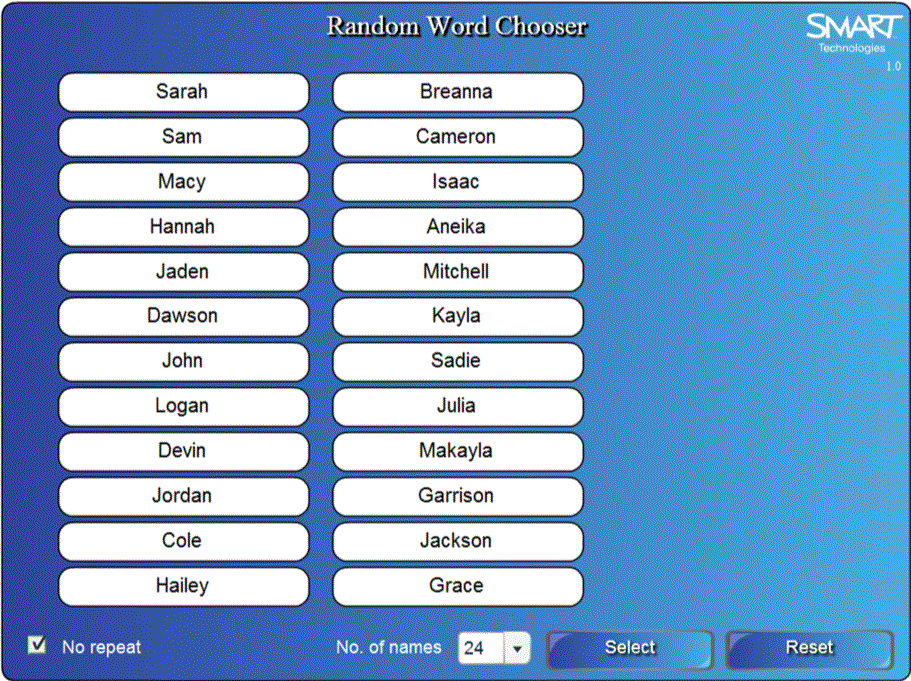
The next step is figuring out how many words there are in a language, and whether there are enough ordered triples to map the globe. In fact, in the what3words system, is on a mountain in Alaska, not in the middle of the RIT Tigers Turf Field, like. So “” would be considered a different ordered triple than “”. Dividing 9 into 510 trillion reveals that uniquely identifying each square requires around 57 trillion ordered triples of three random words.Īn ordered triple is just a list of three things in which the order matters. So, working in the metric system, Earth’s surface area is equivalent to 510 trillion square meters. Remember: What3words is using 3-meter-by-3-meter squares, each of which contains 9 square meters of surface area. To compute the surface area of the Earth, use the formula 4πr 2. With r = 3,959 (6,371), this works out to approximately 197 million square miles (510 million square kilometers). Start with the basic assumption that the Earth is a sphere, recognizing that this is an approximate truth, and that its radius is approximately 3,959 miles (6,371 kilometers). Here’s how three random words in English or any other language can identify such precise locations across the whole planet. Seeing these advantages, some car manufacturers are starting to integrate what3words into their navigation systems. This makes the system well suited for emergency services. Also, three words are easier for humans to remember and communicate to one another than, say, detailed latitude and longitude measurements. First, it’s more precise than regular street addresses. So, in short - yes, the choice randomizer is truly random.This new approach to geocoding is useful for several reasons. You can check the outcomes of these tests of randomness and unbiasedness here.

Random word generator#
We have tested the shuffle algorithm used in our generator for systematic skewness and validated the results statistically and the test showed that the order is in fact random in the above sense. A procedure offering this quality is called unbiased and results in a fair selection.īias technically means 'systematically skewed'. A random choice means that each item on the initial list has an equal chance of ending up in any position of the randomized list and hence has an equal probability of ending up in first position (where it becomes 'chosen'). If you are wondering if the produced choice is truly random, it is best to first define what a truly random process of choosing between items would be expected to produce. If you run into such issues, consider assigning each item a unique numerical ID, then feeding these and once a random order is produced for the list of IDs, link the IDs to the value they reference. This may be subject to further restrictions due to technological limitations related to the maximum request size or memory limits, but you shouldn't run into these unless the selection list contains a lot of text. The maximum number of items from which the random choice generator can choose is 100,000. If you wanted to choose many items at random, then in order to retrieve the randomly reordered list, first select it all (Ctrl+A on a PC), and then copy it (Ctrl+C on a PC). Importantly, enter one item per row - you can just copy a spreadsheet column into the input field and it will work just fine. You can enter anything in the random choice picker - numbers, words, names, email addresses, names of countries, names of songs, plays, movies, and so on. N could be from 1 up to the number of items entered. The result is a randomly ordered list from which the top N are chosen, depending on how many items you selected to choose from the list.

The random chooser uses strong randomization algorithms to generate random numbers which are then used to produce an unbiased random order from the input list. In all cases the provided list of items to choose from will be sorted randomly, producing a random order, a.k.a. If N items are to be selected, the result will be a random list of N items from the initial list, starting from the top.

If you want to choose just one item, this is a simple random choice.

Using this list shuffler you can choose at random any number of items from a list.


 0 kommentar(er)
0 kommentar(er)
